Comparison and story introduction of flavor characteristics of Rwandan coffee and Tanzanian coffee beans
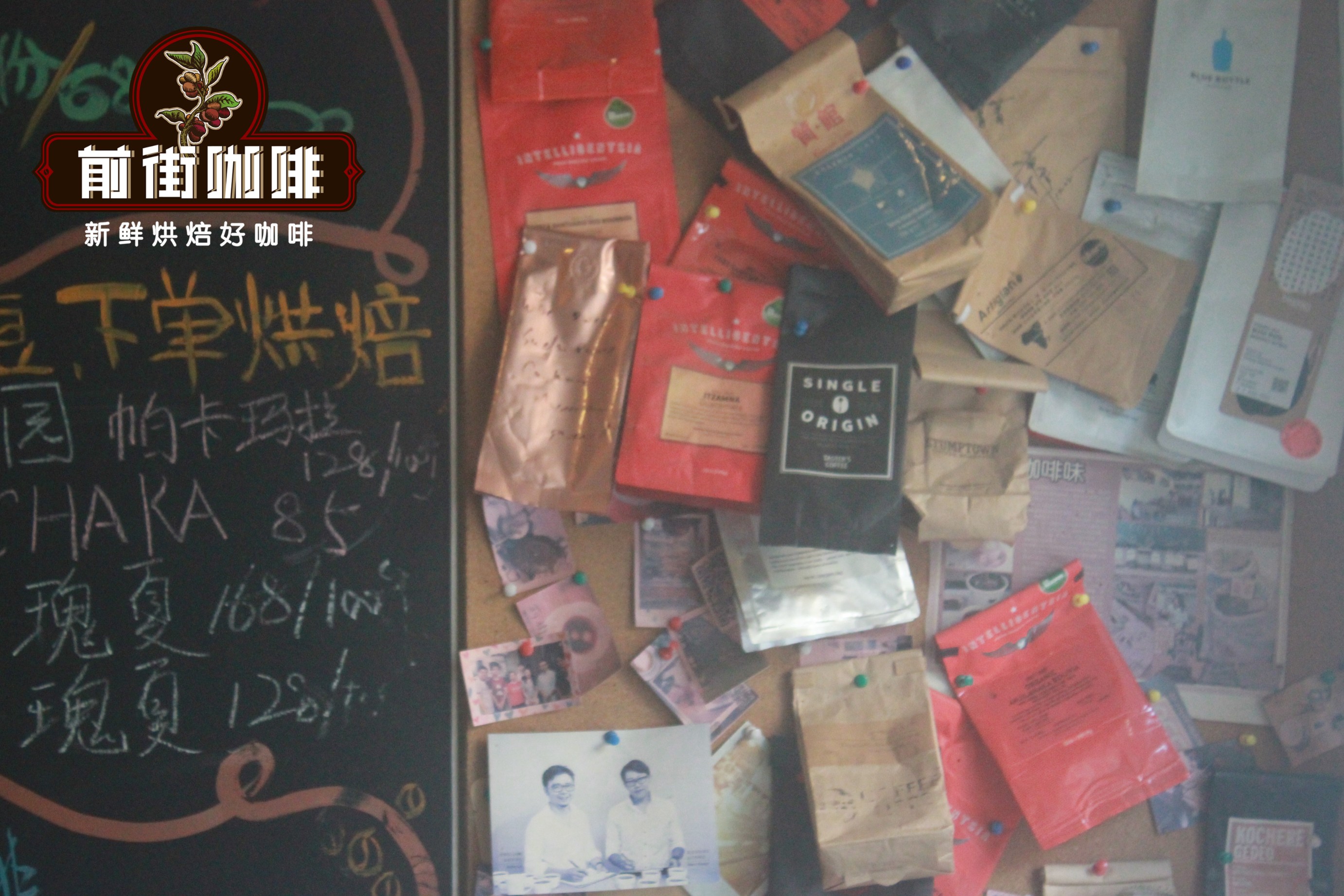
For African coffee, needless to say in front of the street, people blurt out Ethiopia and Kenya, after all, these two countries are the backbone of African coffee, the leader and the second leader. Other countries that are not imprinted on their minds are not without high-quality coffee, but are not well-known, so their names are not so loud. Rwandan coffee and Tanzanian coffee are both good coffee choices in Africa. This time Qianjie proudly compared the two beans to see why Qianjie chose them.
[Rwanda]
Coffee development in Rwanda
Rwanda, located in the central African region, is a standard landlocked country, and its neighboring countries are all big coffee producers. At the beginning of the 20th century, Rwanda was successively colonized by Germany and Belgium, and German missionaries were the first to introduce coffee. Coffee production increased significantly during the colonial period, but the exploitation of labor, suppression of the prices of coffee crops and high export taxes made the quality of coffee beans not ideal, which was also a normal phenomenon in the development of commercial coffee at that time. Qianjie Coffee was also found in Brazil, which also experienced colonial rule, and the coffee beans once produced were heavy in quantity rather than quality, resulting in a reputation for poor coffee quality for some time.
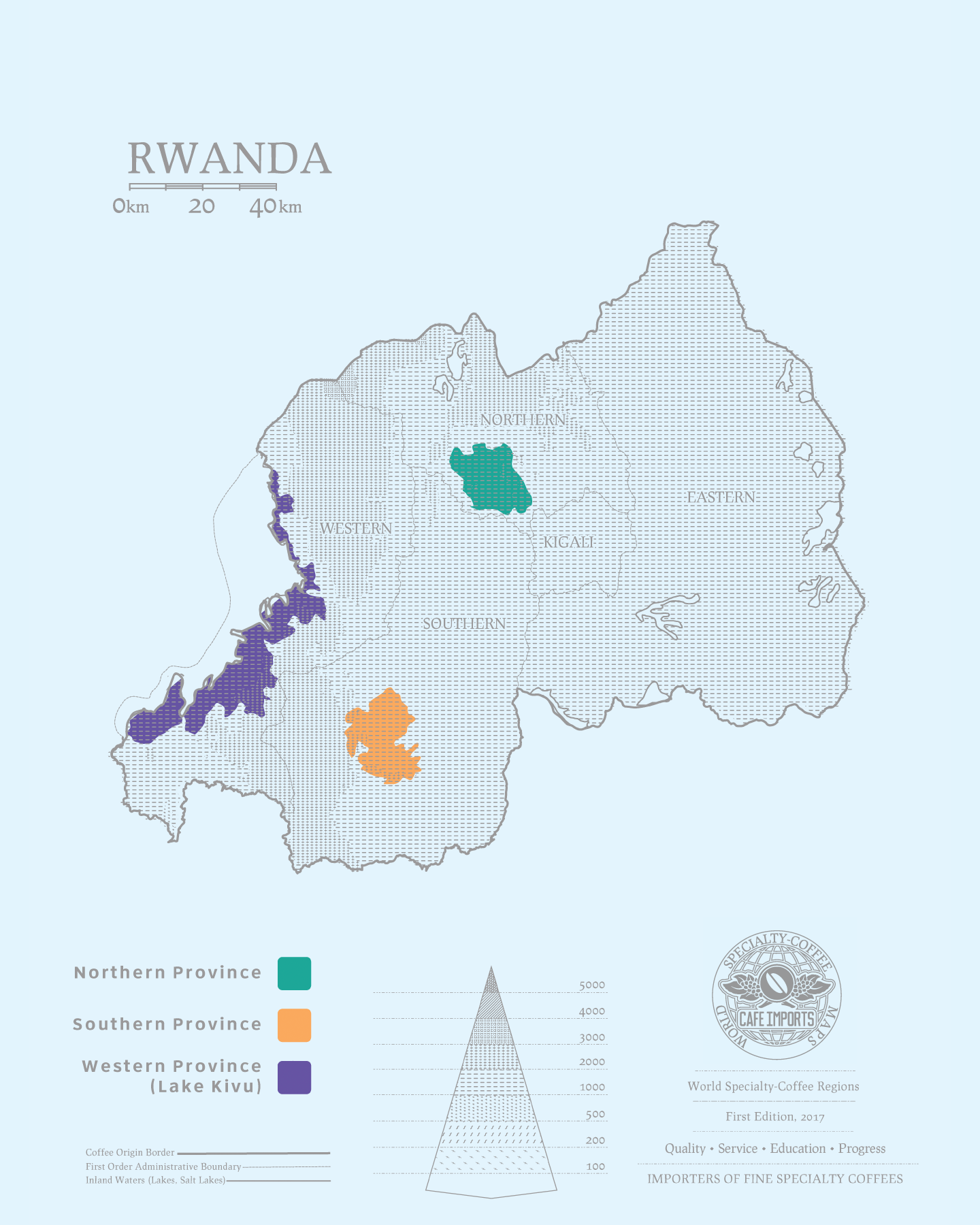
It was not until the independence of Rwanda and the establishment of the first official coffee organization, OCIR, that coffee bean production was gradually valued. Coffee production in Rwanda continued to grow from the 1960s to 1980s and reached an unprecedented peak in 1986, until the beginning of domestic political instability (the Rwandan genocide) in the early 1990s. Qianjie Coffee has also recently collected several batches of Rwandan coffee beans from different producing areas, one is the rapid development of the Rwandan coffee industry and the guarantee of coffee quality, and the other is that Rwanda has gradually formed an obvious flavor of the producing areas, which is different from Ethiopia and Kenya.
History of coffee in Rwanda
Qianjie found that Rwanda was a German colony at the beginning of the 20th century and was first introduced and planted by German missionaries in 1904. Coffee production increased significantly around 1930. Rwanda was the ninth largest exporter of Arabica coffee in Africa, with nearly 450000 small farmers, with an average planting area of less than 1 hectare (about 165coffee trees per coffee farmer). The total planting area was about 28000 hectares. Coffee production areas are mainly distributed in the western half of the country and the central region near the capital Kigali Kigali.
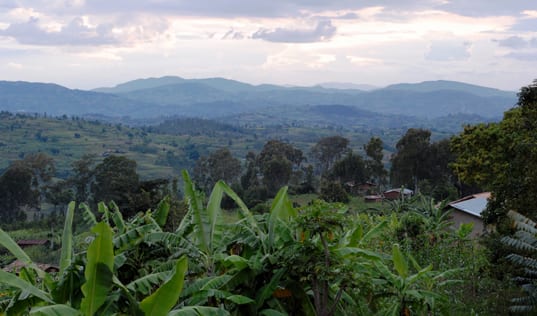
Way of handling coffee in Rwanda
In 2000, in Rwanda, which had just experienced internal chaos, the United States Agency for International Development (USAID) funded two major coffee development projects, PEARL and SPREAD, aimed at supporting the reconstruction of Rwanda. Since the implementation of the plan 46 coffee washing plants have been built in Rwanda allowing Rwanda's economy to grow significantly under the strong export of coffee beans. Therefore, at present, Rwandan coffee beans are mainly treated by water washing. Hand-select ripe coffee fruit, remove the peel and pulp, wash and ferment for 12-18 hours, wash the pectin, and finally dry to less than 14% moisture content.
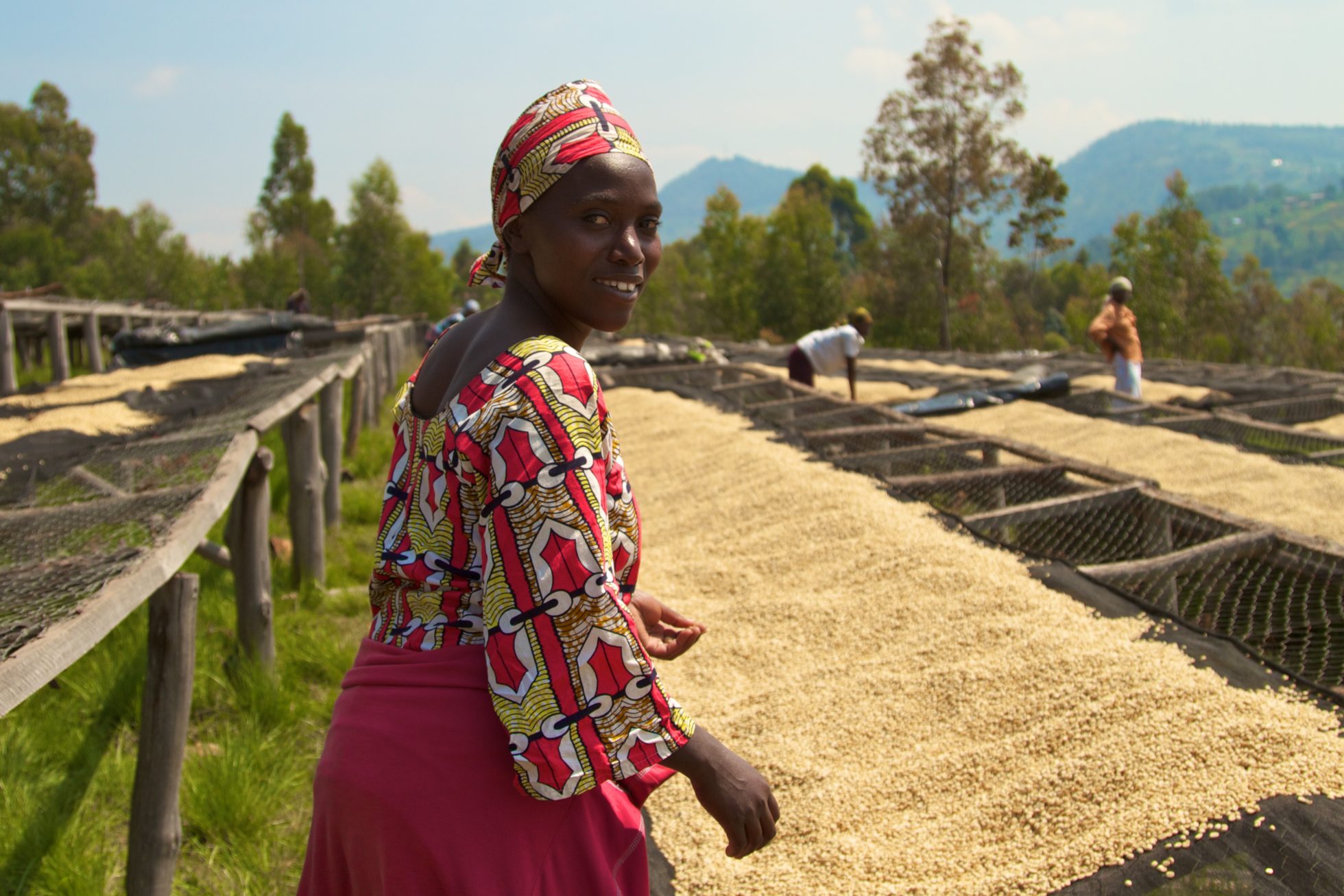
Qianjie Coffee believes that at the beginning of the development of Rwandan coffee beans, it was determined that washing as the main treatment method is the choice to clearly highlight the flavor of coffee. Because washing is the treatment method that can best reflect the essential flavor of coffee, Qianjie coffee will first recommend washed coffee beans to guests when recommending a coffee producing area, so that we can clearly understand the flavor characteristics of the producing area. In the annual competition of Top Coffee held by the American Fine Coffee Association SCAA in 2008, Rwanda Aromec Arnolmega's top waterwashed bourbon beans beat the Blue Mountain No.1 of Jamaica and Mantenin G1 of Sumatra to win the 2008 COE Championship Award, which has expanded its fame and price in the coffee industry.
[Tanzania]
Tanzanian coffee
Mount Mt Kilimanjaro, Africa's highest peak, stands in northeastern Tanzania. Qianjie looks up its history by surfing the Internet. Tanzania, known as trusteeship after the first World War, was once under British colonial rule and became independent in 1964. Bourbon strain coffee was first introduced and planted in 1893, raw beans were mainly treated with water washing, and high-quality high-altitude Tanzanian coffee was of good quality, just like Kenya has active and bright acid performance. Located in Central / East Africa, Tanzania is usually washed with coffee, bright (acidic), and quite delicious. Kenya is certainly the main coffee in East Africa, but Tanzania is actively following suit and producing a lot of good coffee of the same quality as Kenya. The uniqueness of Tanzanian coffee is a combination of three different plantations in northern Tanzania. One of the plantations is located in the Kilimanjaro Mountains, the highest peak in Africa and the largest independent foothills on earth. This coffee grows between 1150 and 1500 meters above sea level.
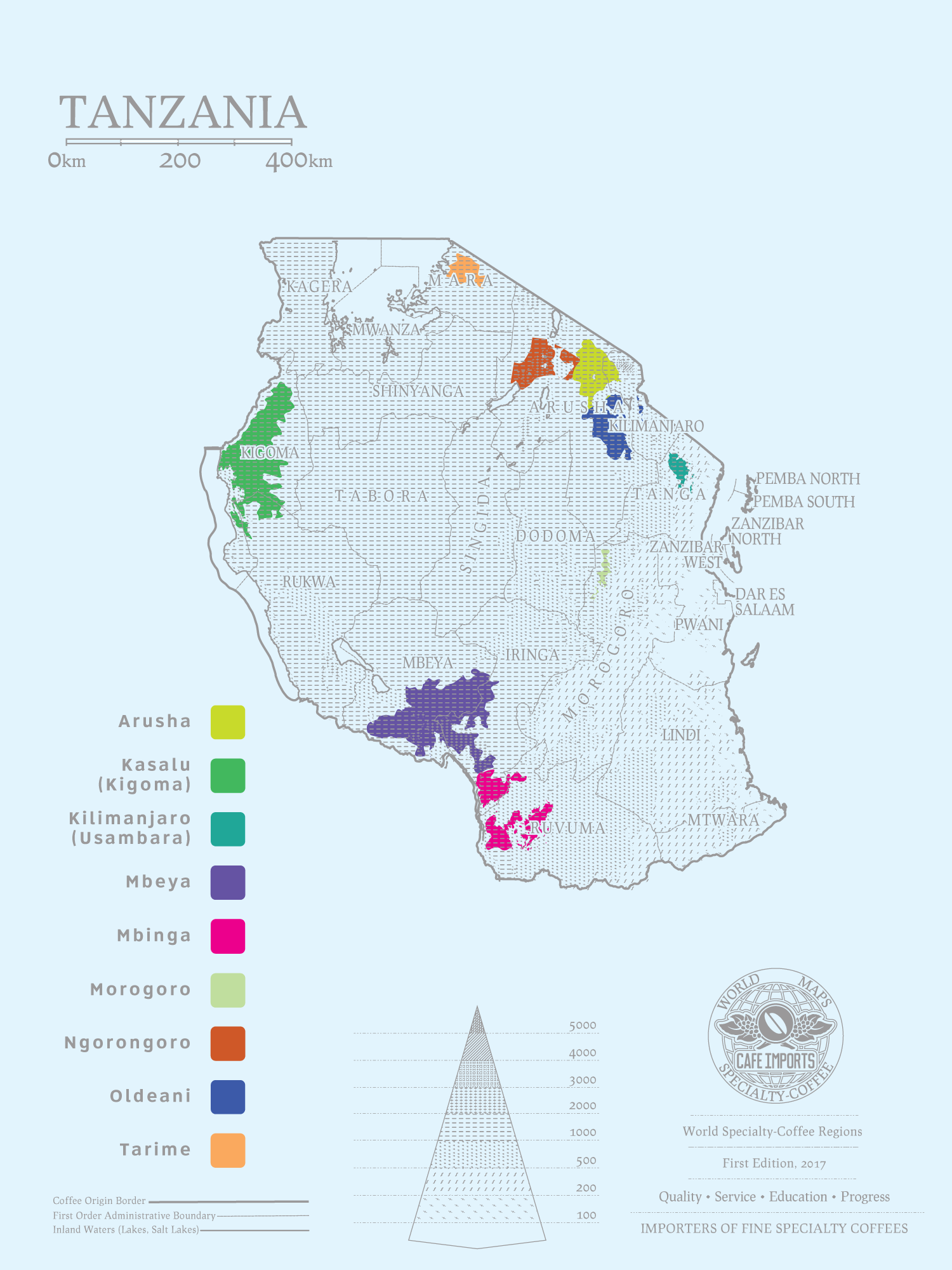
Washing treatment-this coffee bean in southern Tanzania from Qianjie Coffee is washed. Washing treatment steps: after fruit harvest, select the high-quality ripe fruit, peel, naturally ferment for 12-24 hours, clean, soak in water for 24 hours, clean and dry in the sun. Variety-in 1898, bourbon coffee was introduced by Catholic priests to the Kilimanjaro region of Tanzania. Then the Kent species was introduced in 1920, and so far there are kent and bourbon species in Tanzania. The beans of Qianjie Coffee in the south are grown in bourbon. Bourbon coffee fruit is short and round, with high density of pulp and seeds. After a cup test in the front street, it is found that bourbon coffee is usually high in sweetness and bright acidity. The yield of this coffee is 20-30% higher than that of iron pickup, but it is still regarded as a low-yield bean seed and is also vulnerable to rust leaf disease.
Coffee Bean grading system in Tanzania
Tanzania coffee grading system is the same as Kenya, according to the size of beans, there are AA, AB, PB and so on.
Suggestion on coffee baking in Qianjie
Machine: Yang family 800N, raw bean 550g
[Rwanda]
In order to highlight the flavor, Qianjie Coffee is recommended for medium and light roasting because of the fresh acidity of Rwandan coffee beans. The deeper the baking, the more acidity of the fruit will be lost.
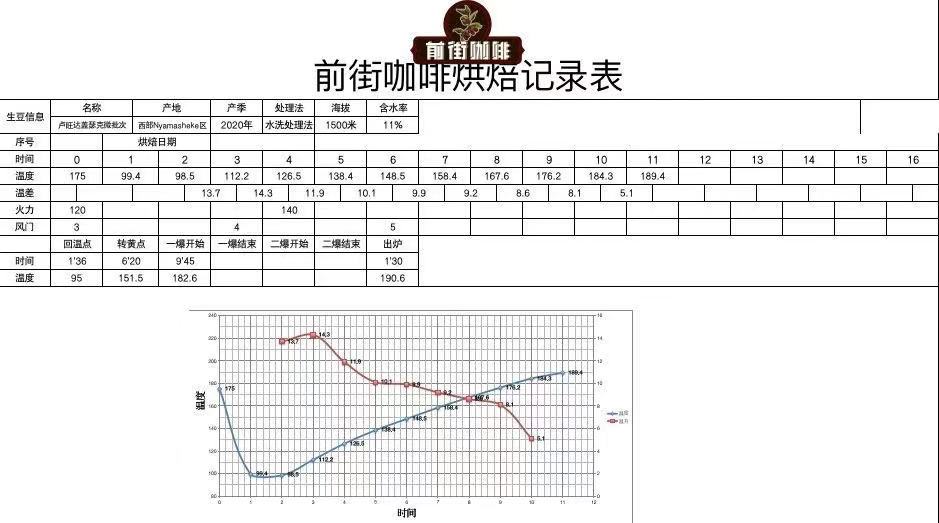
Qianjie coffee cup tested this Rwanda washed coffee beans, in the aroma, there are obvious citrus, virgin fruit, grass aromas, the overall flavor shows a bright acidity, citrus, berries, nuts, sweet finish.
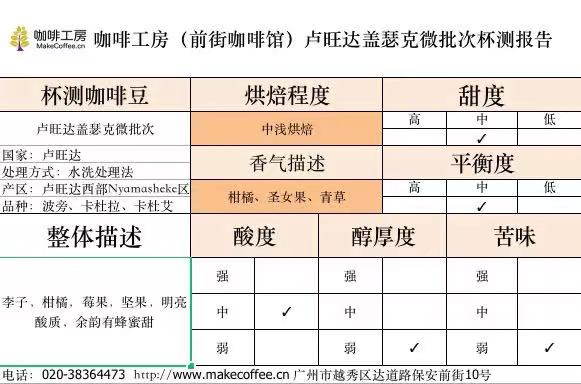
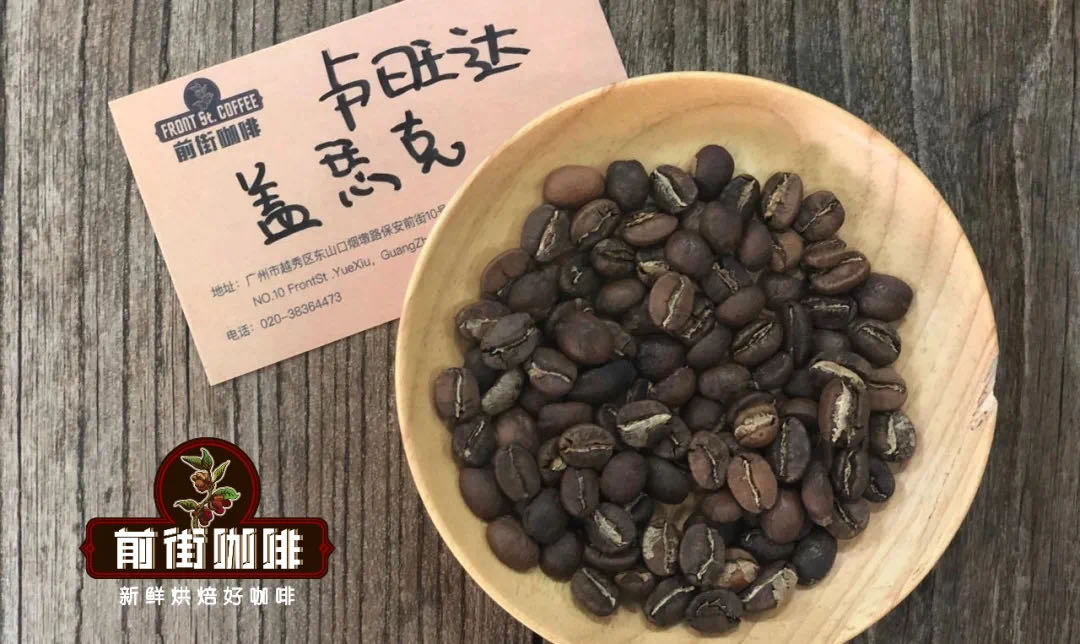
Qianjie Coffee Gesak, Rwanda
Producing area: Nyamasheke producing area in Rwanda
Treatment station: Gesak washing treatment station
Altitude: 1500m
Varieties: bourbon, Kaddura, Kaduai
Treatment method: washing treatment
[Tanzania]
This Tanzanian coffee of Qianjie coffee is a kind of washed tin card, which is recognized as a variety of coffee of good quality. The coffee bean grading system adopted in Tanzania is similar to that of Kenya, taking the size of coffee beans as the standard, while the Tanzanian coffee in Qianjie belongs to the AA grade, that is, 90% of the size is more than 18 mesh, so the appearance of coffee beans is large, plump and uniform.
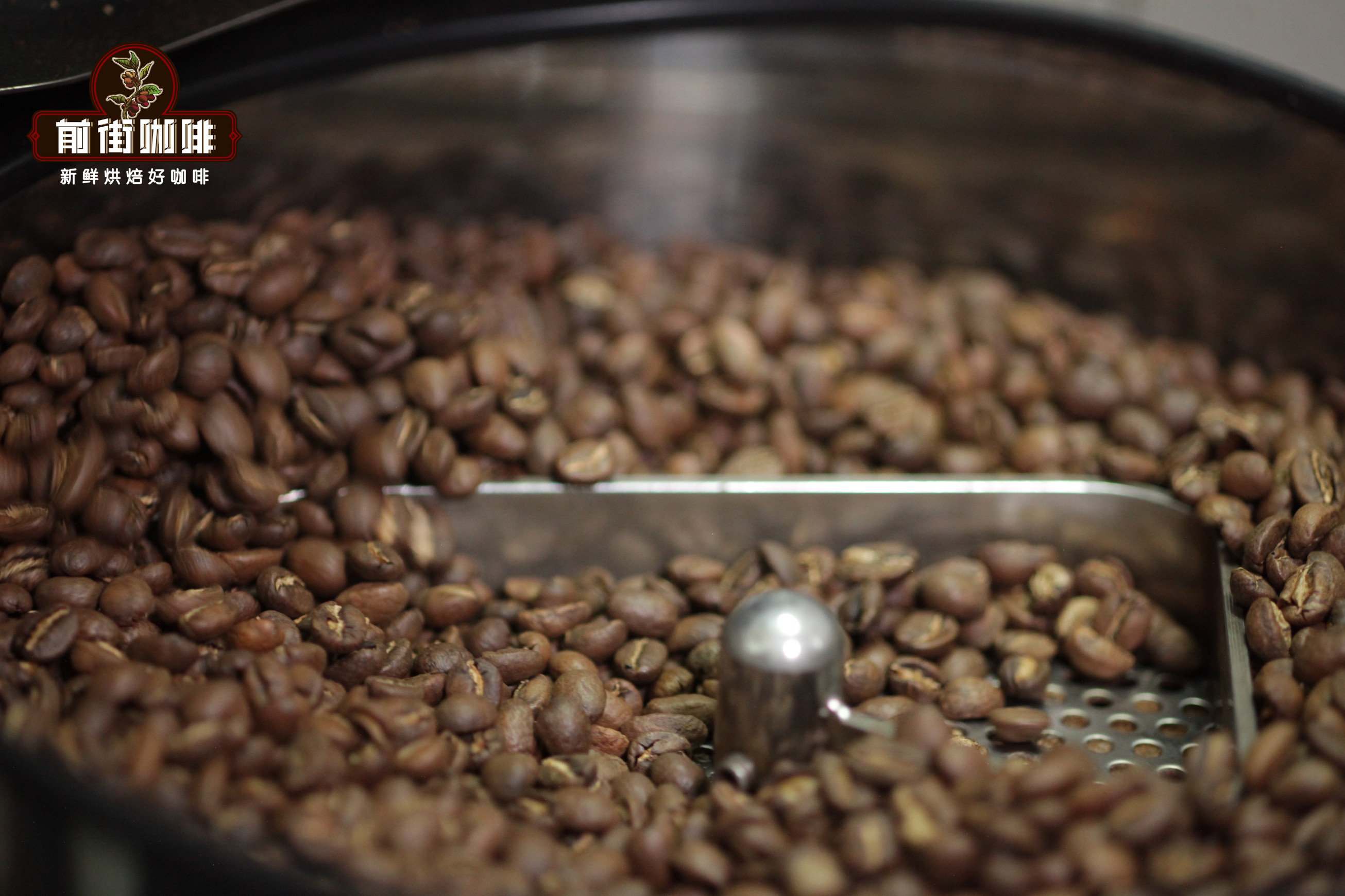
Qianjie tested the flavor of this bean in the cup with citrus, berries, honey and tea.
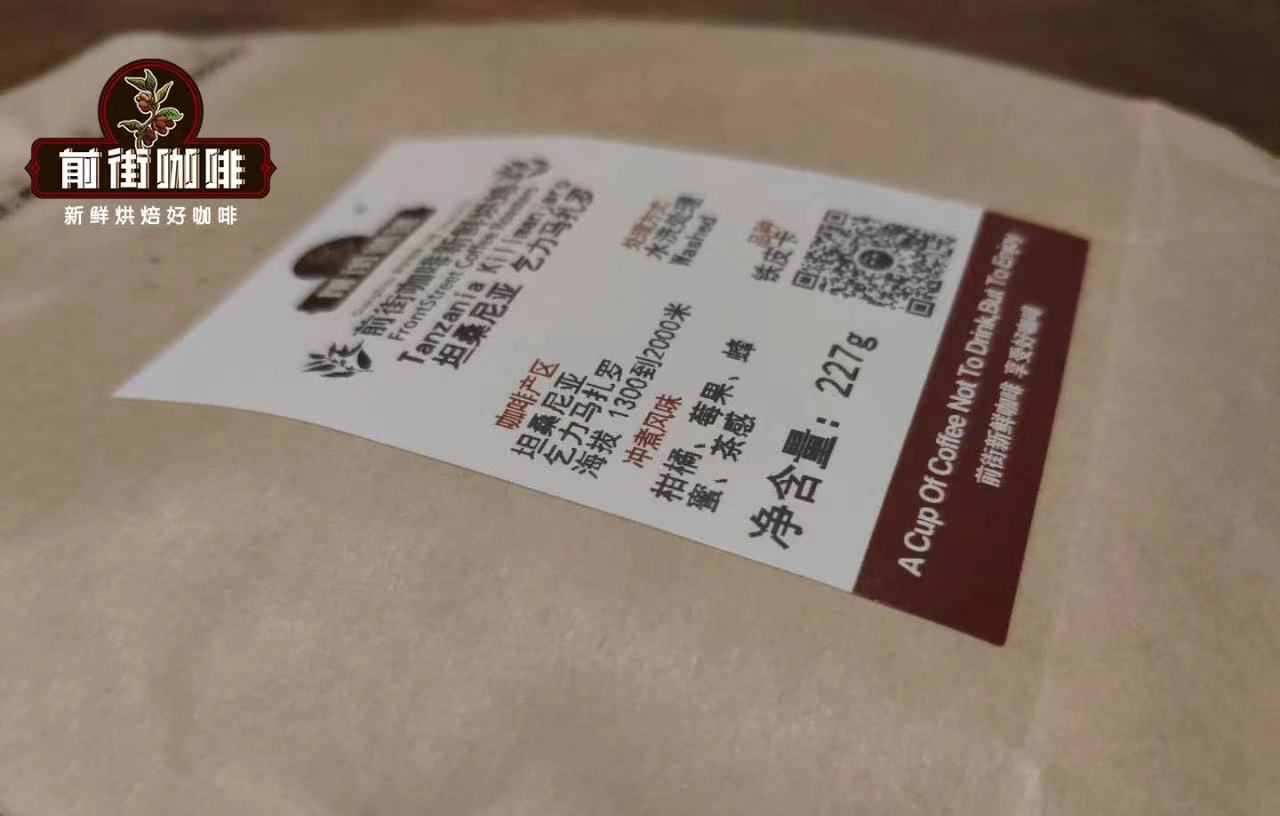
Qianjie Coffee Kilimanjaro, Tanzania
Producing area: Kilimanjaro, Tanzania
Altitude: 1300m--2000m
Variety: iron pickup
Treatment method: washing treatment
[Qianjie coffee brewing parameters]
Filter cup: Hario V60
Water temperature 90 ℃
Amount of powder: 15g
Ratio of powder to water: 1:15
Degree of grinding: BG#5C (the pass rate of Chinese standard No. 20 screen is 80%)
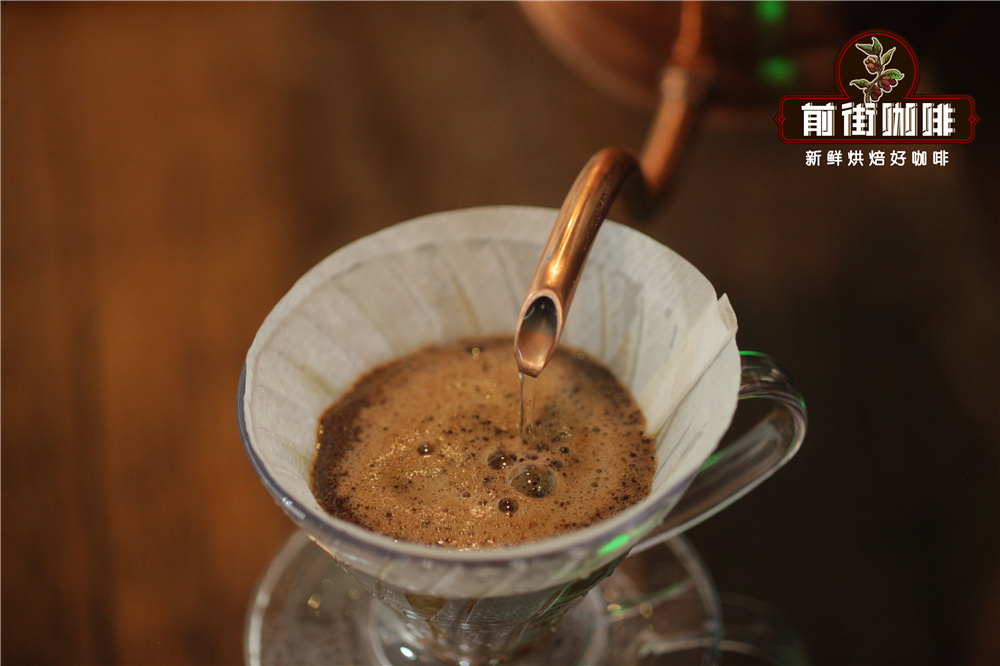
Brewing suggestion: Qianjie coffee using staged extraction, steaming with 30 grams of water for 30 seconds, small water injection around the circle to 125 grams for stages, water level drop is about to expose the powder bed, continue to water injection to 225 grams to stop water injection, such as the water level drop is about to expose the powder bed to remove the filter cup, (steaming starts timing) the extraction time is 2 grams 39X ".
Flavor description
[Rwanda] floral and berry aromas, with distinct citrus, berry and plum aromas on the palate, with nuts in the middle and caramel sweetness in the finish.
[Tanzania] Flower, berry, citrus, nut.
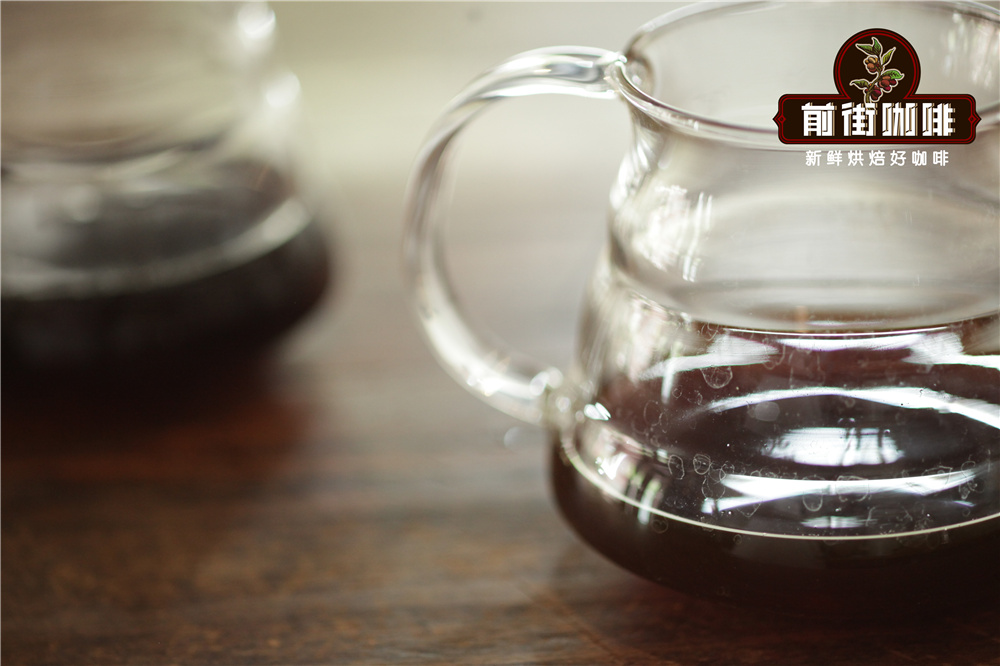
For more information about coffee beans, please follow the coffee workshop (Wechat official account cafe_style)
For professional coffee knowledge exchange, please add Wechat account kaixinguoguo0925.
Important Notice :
前街咖啡 FrontStreet Coffee has moved to new addredd:
FrontStreet Coffee Address: 315,Donghua East Road,GuangZhou
Tel:020 38364473
- Prev
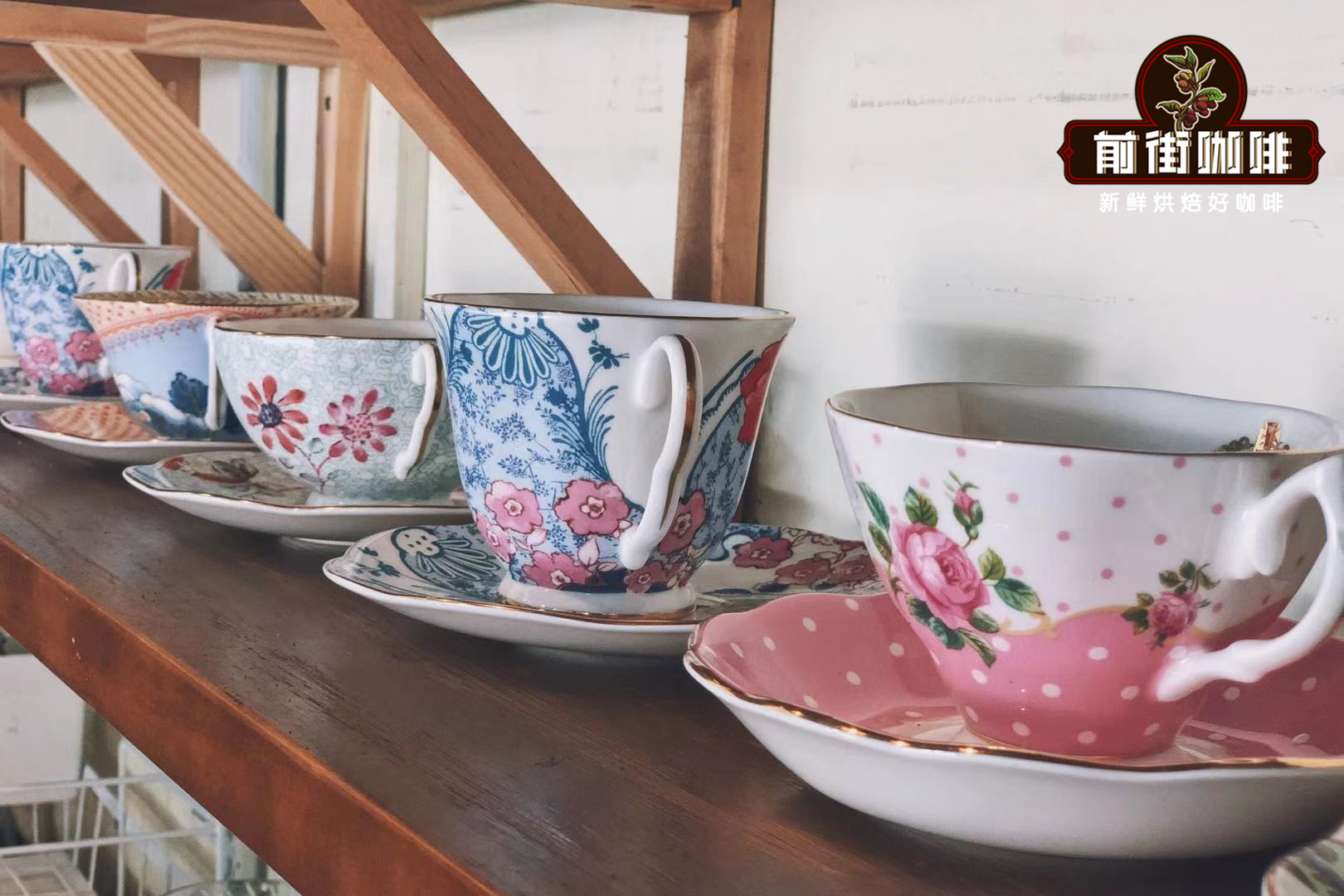
Flavor characteristics of Starbucks Rwanda Coffee Bean Story processing method of Rwanda Gesak coffee bean
For the exchange of professional baristas, please follow the coffee workshop (official Wechat account cafe_style). The Monchee Hamuyi processing plant in the western province of Rwanda has worked together to batch the sunburn bourbon species Rwanda West Province Mashesha CWS Bourbon Natural countries: Rwanda Rwanda production area: the western province West Province processing plant: Monseha processing plant Mashesha CWS, Mushuyi
- Next
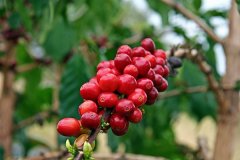
What are the types of coffee in Rwanda? Rwanda CoE Coffee Bean Flavor Introduction
Professional barista exchange, please pay attention to coffee workshop (Weixin Official Accounts cafe_style) Rwanda is located in central Africa. In recent years, it has attracted attention from the coffee producing country due to its excellent coffee quality. Rwanda's production pattern is similar to Ethiopia's, with regional cooperatives integrating small farmers in the region to form the main production force, such as the Ambakenda cooperative, which is a successful example. Ambakenda Cooperative
Related
- Detailed explanation of Jadeite planting Land in Panamanian Jadeite Manor introduction to the grading system of Jadeite competitive bidding, Red bid, Green bid and Rose Summer
- Story of Coffee planting in Brenka region of Costa Rica Stonehenge Manor anaerobic heavy honey treatment of flavor mouth
- What's on the barrel of Blue Mountain Coffee beans?
- Can American coffee also pull flowers? How to use hot American style to pull out a good-looking pattern?
- Can you make a cold extract with coffee beans? What is the right proportion for cold-extracted coffee formula?
- Indonesian PWN Gold Mandrine Coffee Origin Features Flavor How to Chong? Mandolin coffee is American.
- A brief introduction to the flavor characteristics of Brazilian yellow bourbon coffee beans
- What is the effect of different water quality on the flavor of cold-extracted coffee? What kind of water is best for brewing coffee?
- Why do you think of Rose Summer whenever you mention Panamanian coffee?
- Introduction to the characteristics of authentic blue mountain coffee bean producing areas? What is the CIB Coffee Authority in Jamaica?

